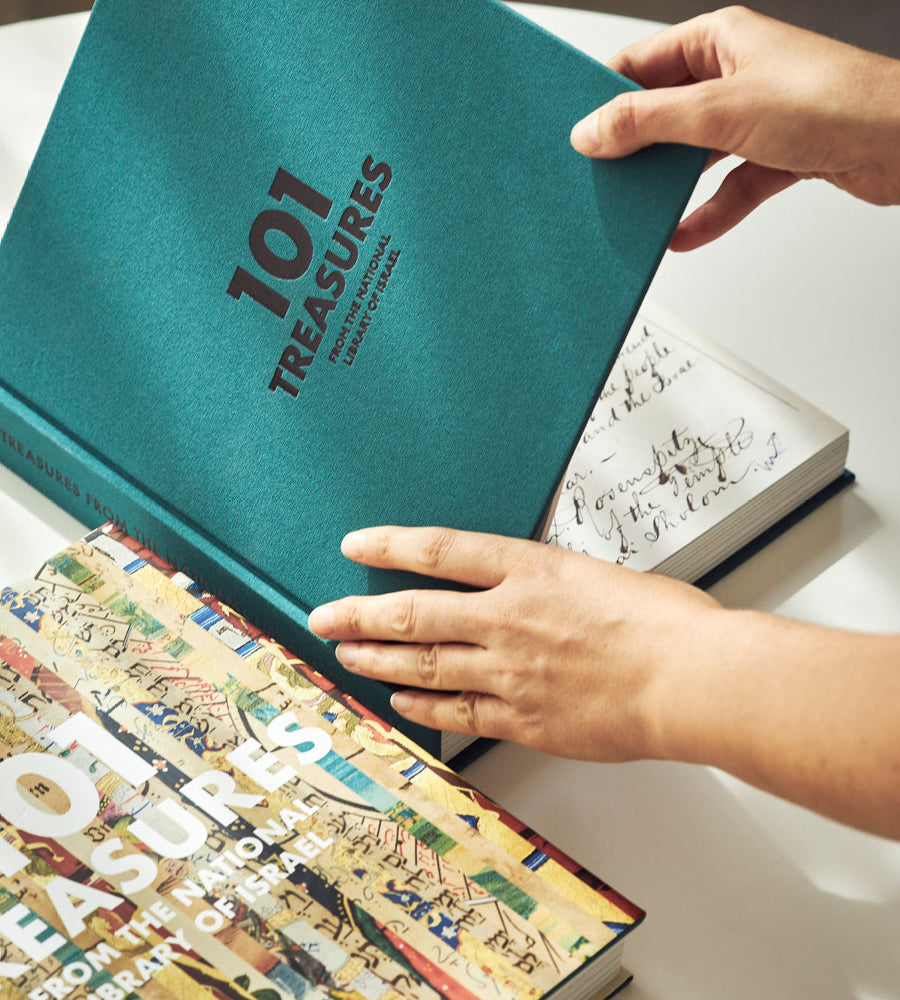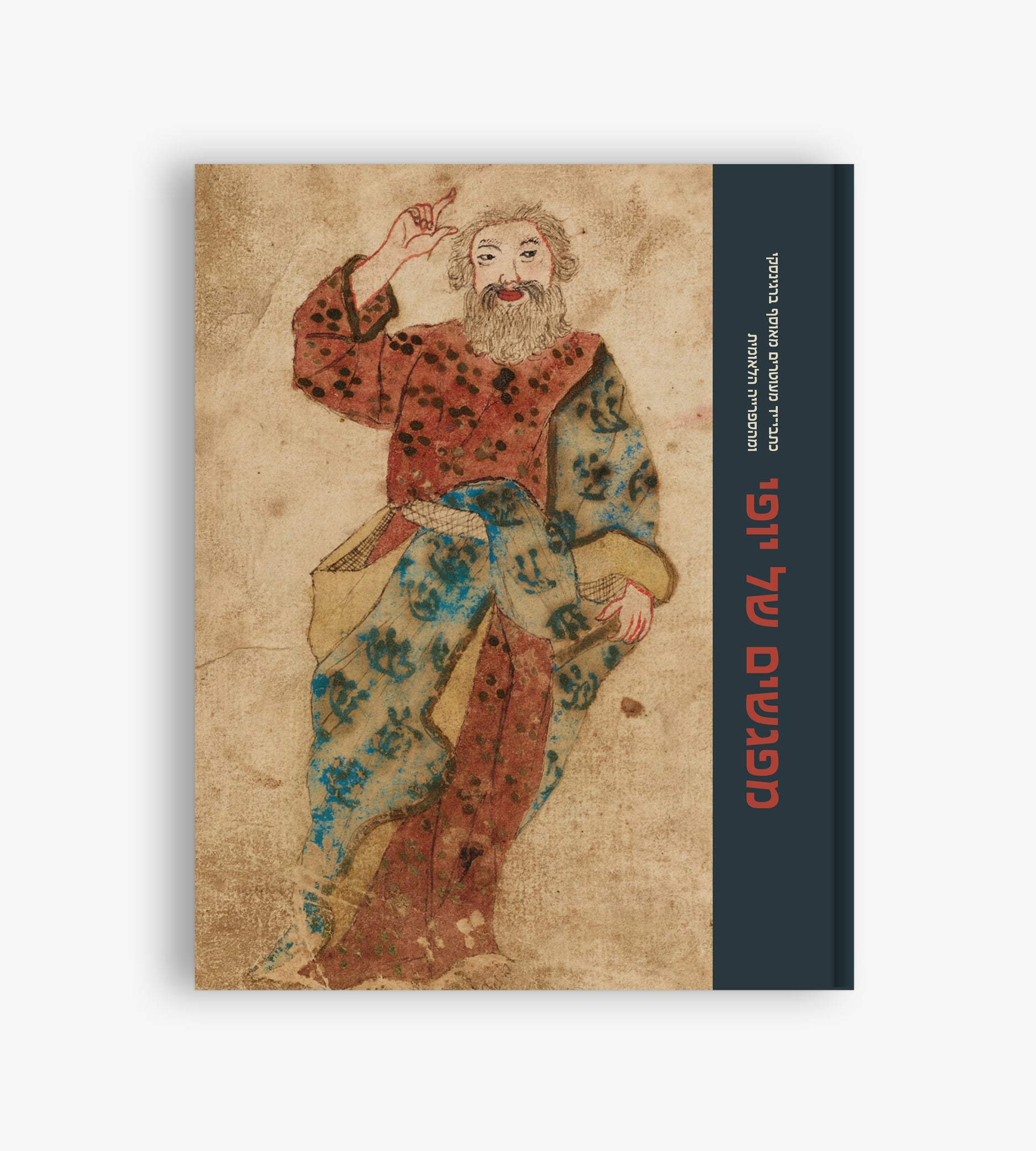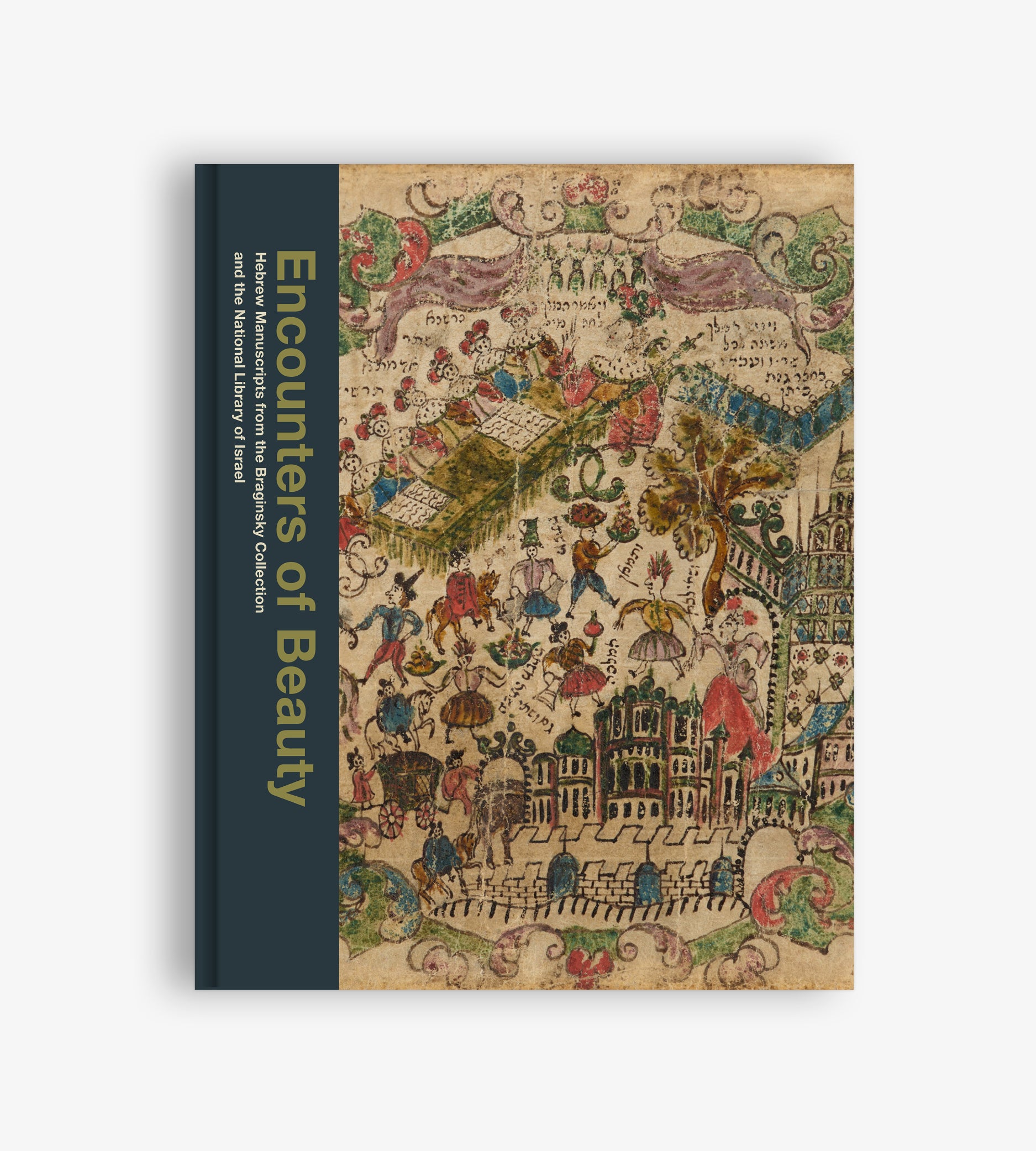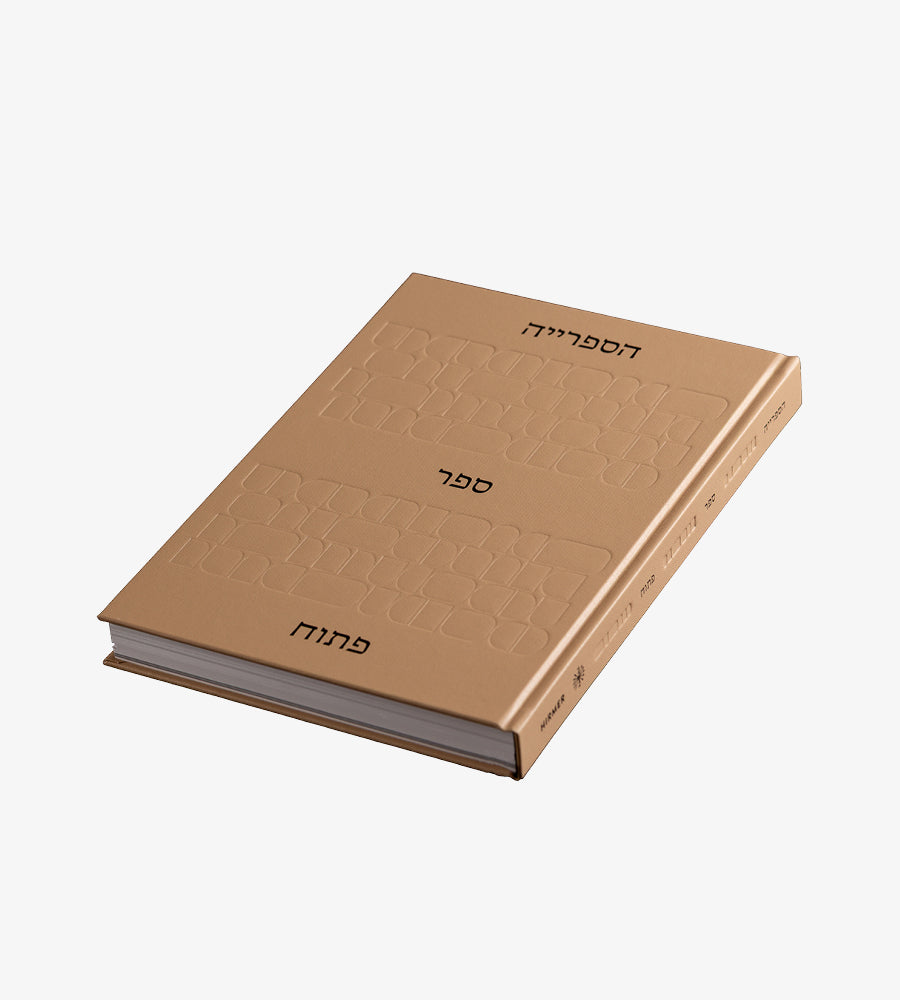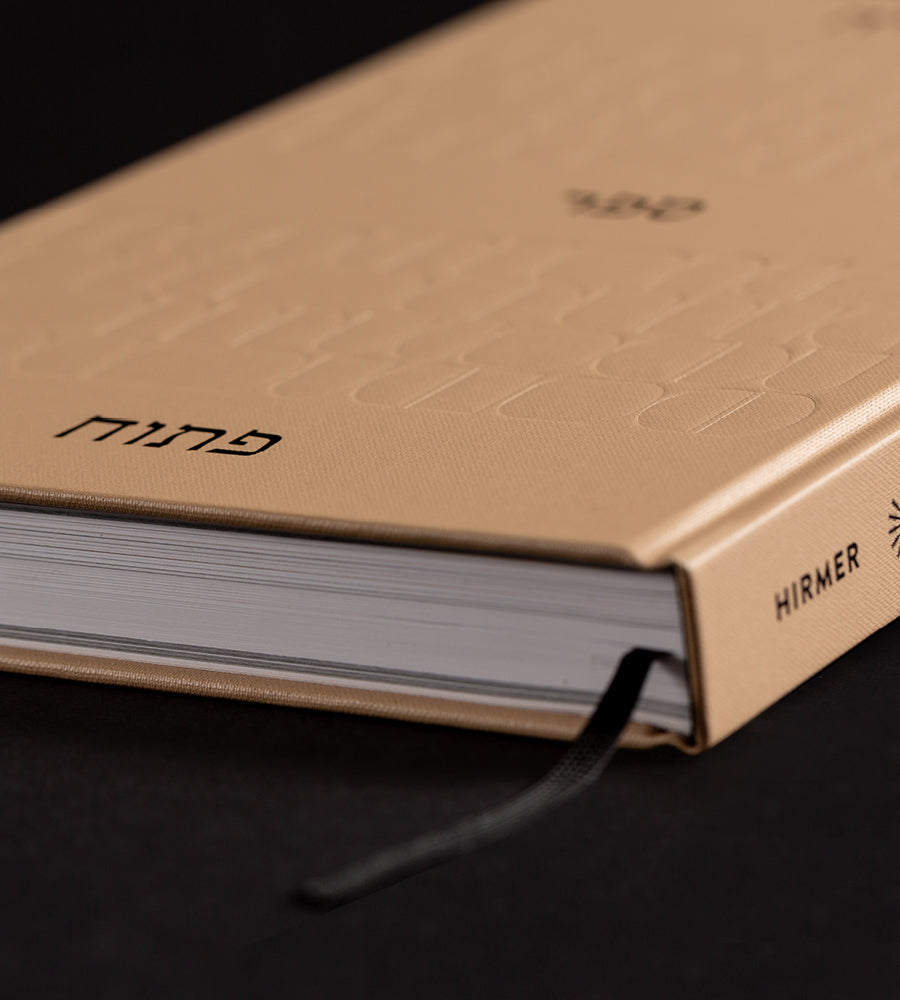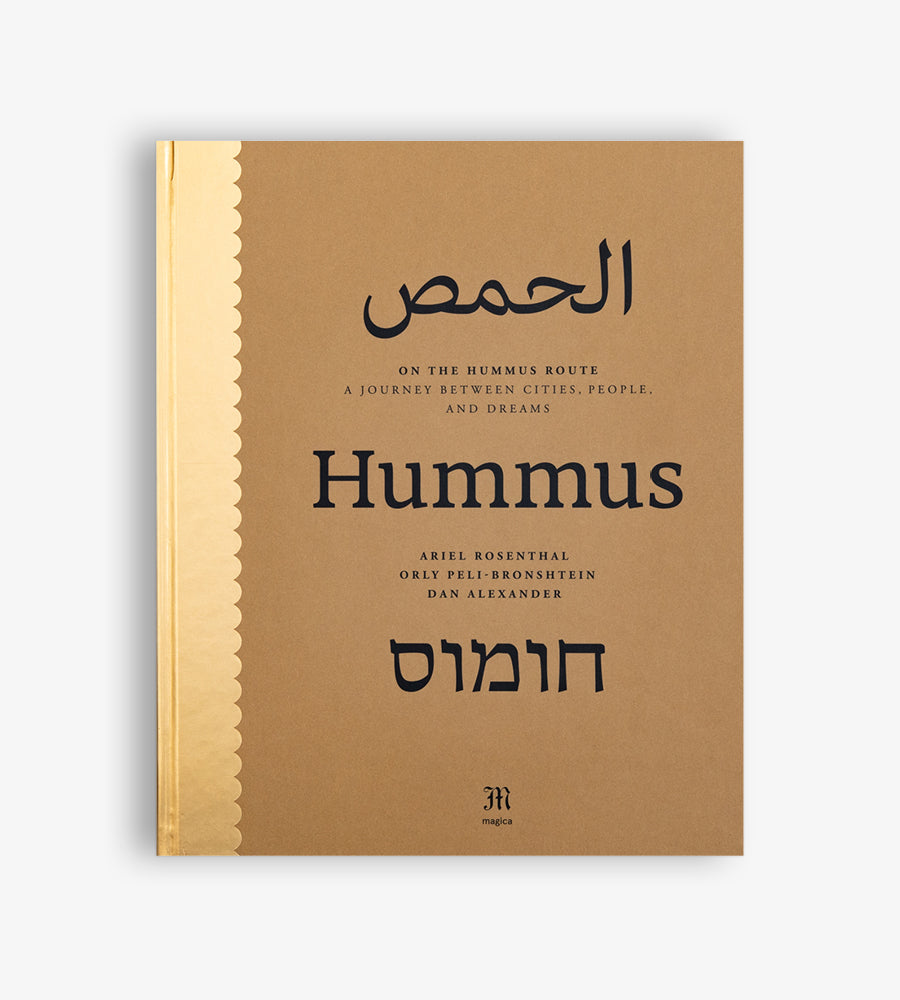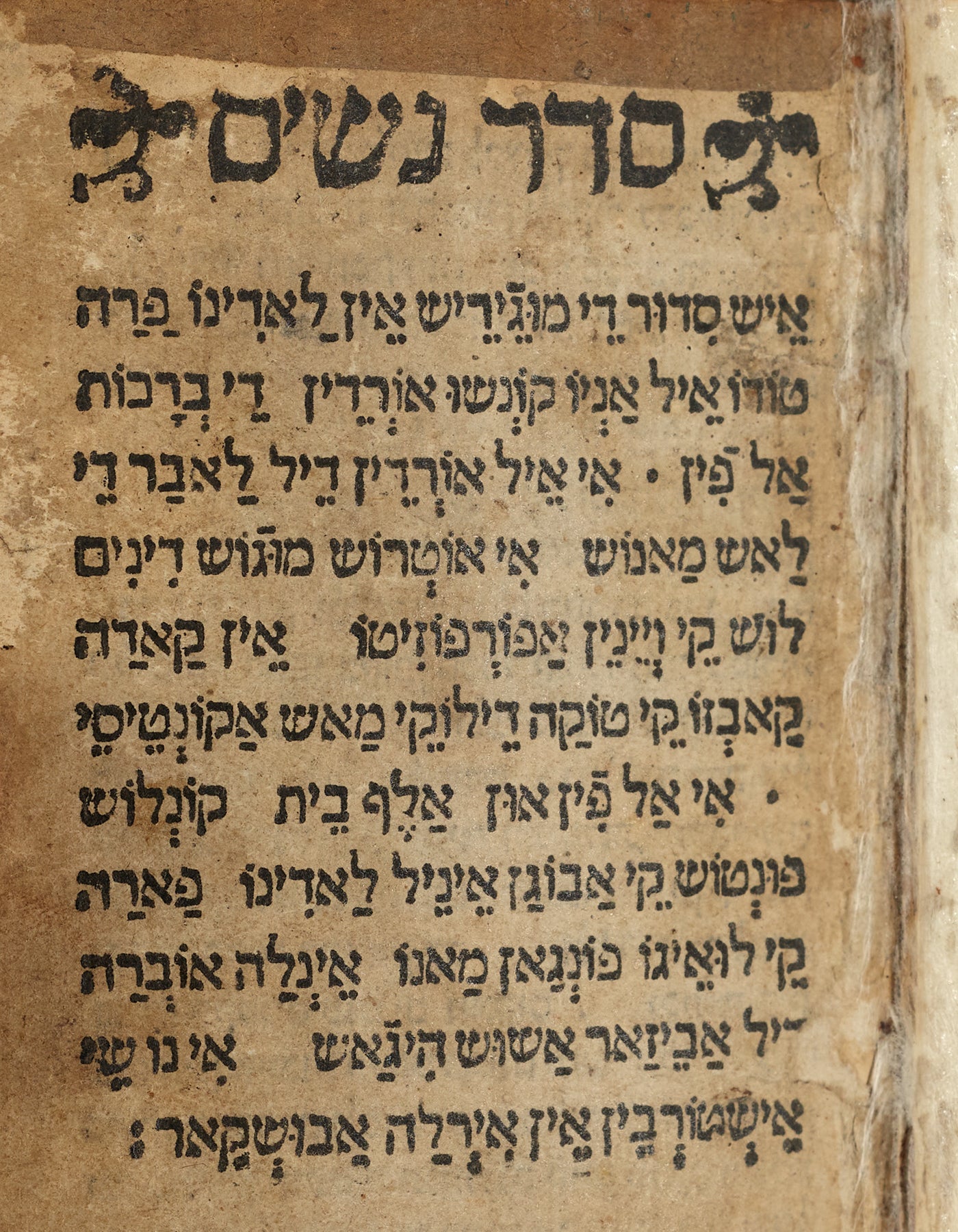
Praying in Her Language
Aliza Moreno

Premodern synagogue life was largely organized by and for men. Women, nonetheless, prayed and sometimes did so from standardized prayer books. This Ladino siddur for women, Seder Nashim — one of the earliest printed works in this language — appeared in Thessaloniki (Salonica) as early as 1565. Ladino, also called Judeo-Spanish or Judesmo, is a vernacular language that originated in Spain and developed primarily in the Balkans, Greece, and Turkey among descendants of the Jews expelled from Spain in 1492. The siddur includes prayers and instructions for prayer for the whole year, brief summaries of the laws traditionally associated with women (Sabbath candles, dough offering, and menstrual purity), and a translation of the Passover Haggadah.
Seder Nashim is the first printed work to translate the prayers into Ladino. Translating an entire siddur into the vernacular was revolutionary in the sixteenth century, reflecting the popularization of printed books and the assumption of a female audience who were less comfortable with Hebrew. The book even included an alphabet table (unfortunately removed from the copy held at the National Library), suggesting that some women might not have been fluent in reading Hebrew letters.
Although the translator’s name does not appear, it has been recognized as the work of Rabbi Meir Benvenisti, a prominent rabbinic figure in Thessaloniki. It is difficult to reach any firm conclusions regarding the actual knowledge or practice of Jewish women based on this prayer book since it is an educational and didactical text that may reflect its authors’ expectations of women rather than their lived experiences. Nonetheless, Seder Nashim exemplifies a sociocultural context in which it was expected, or at least hoped, that women would pray regularly, if not in the synagogue then in their own homes, and fulfill the specific traditions associated with women.



